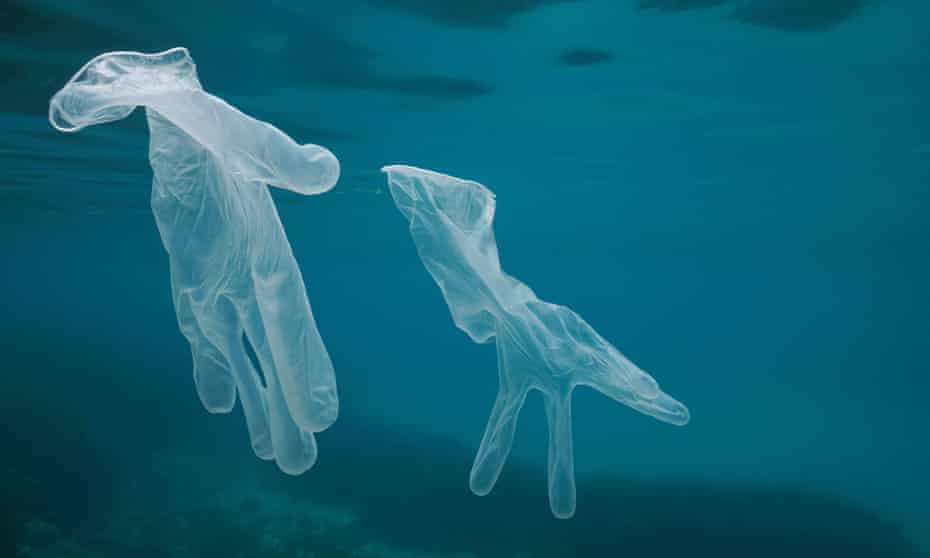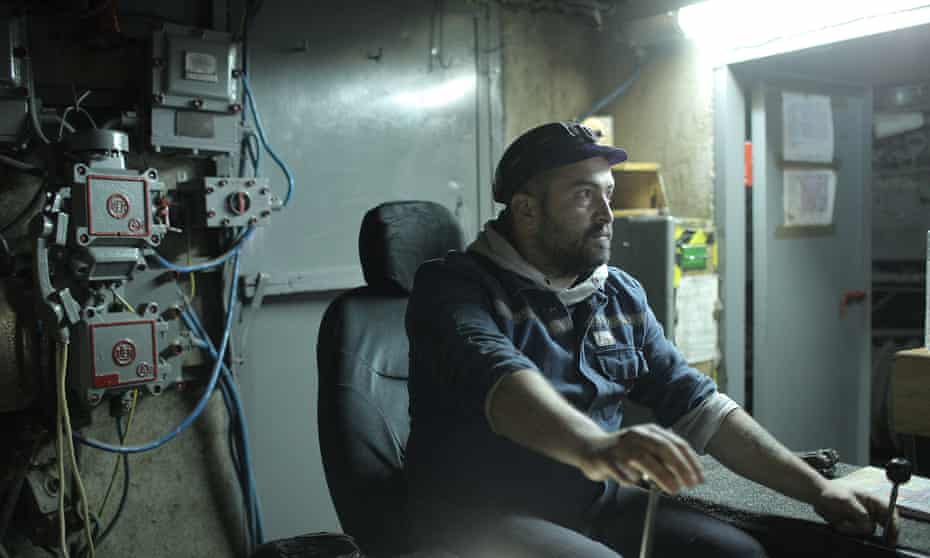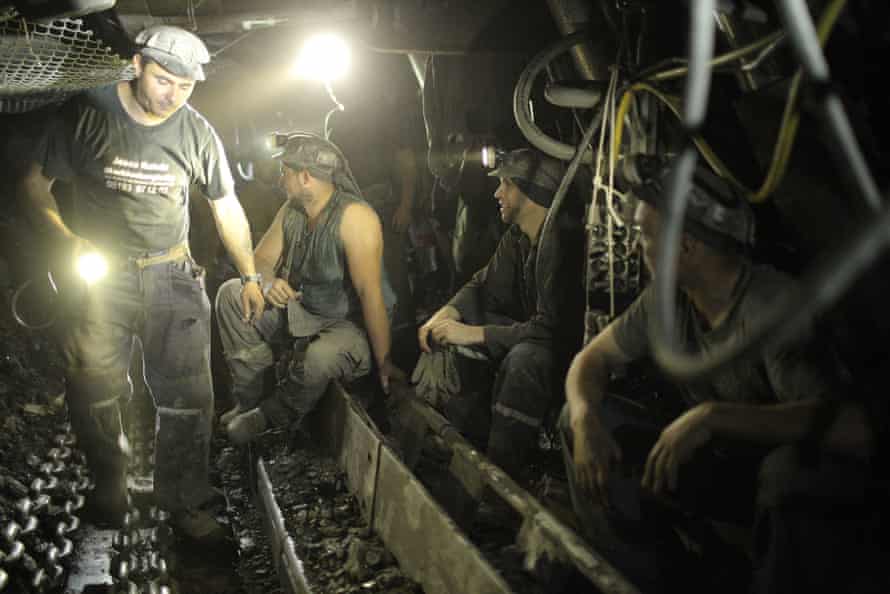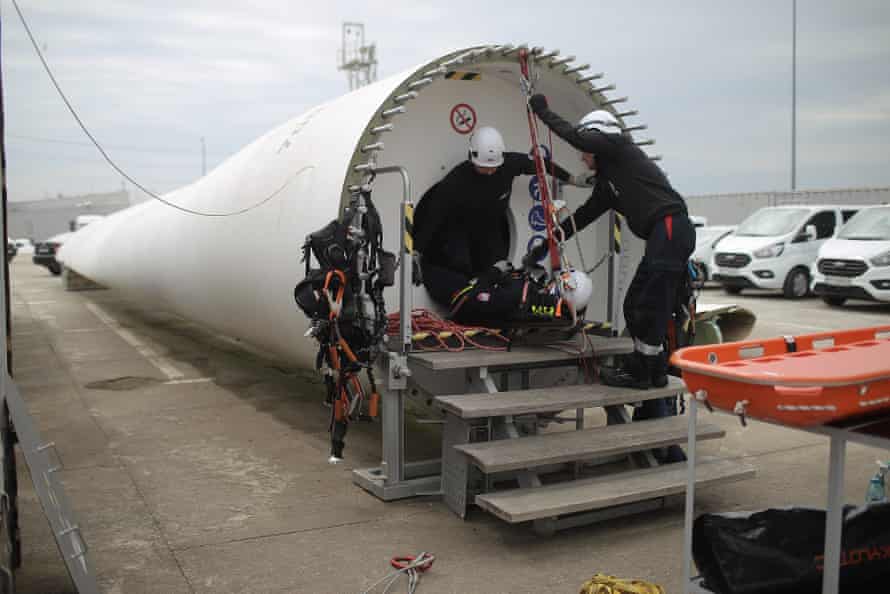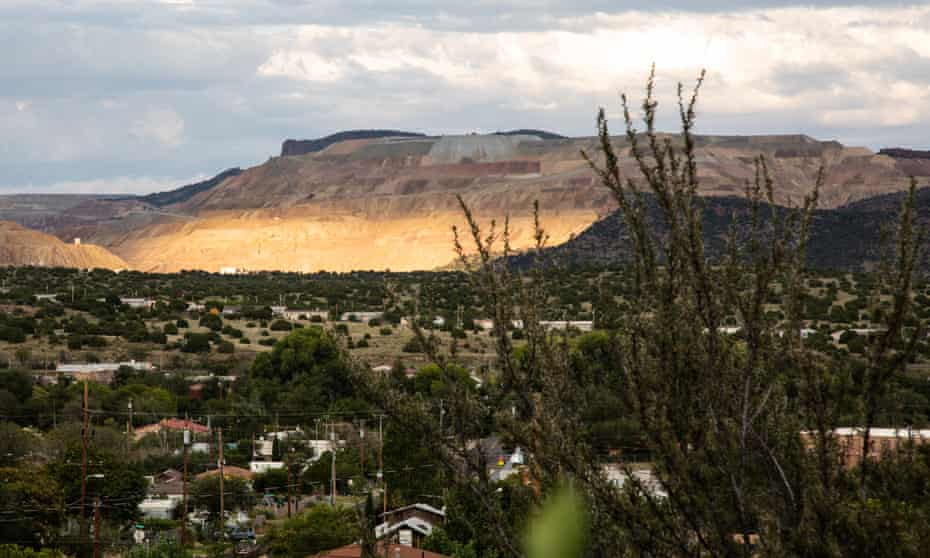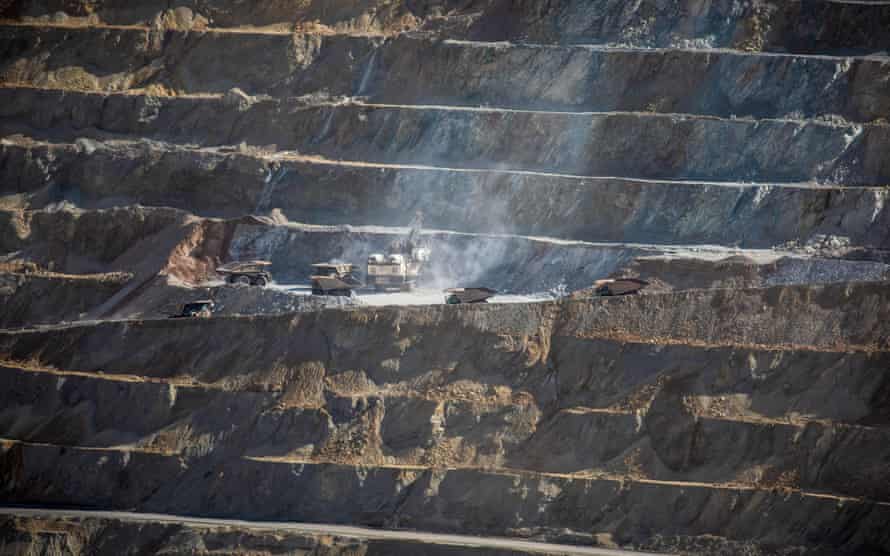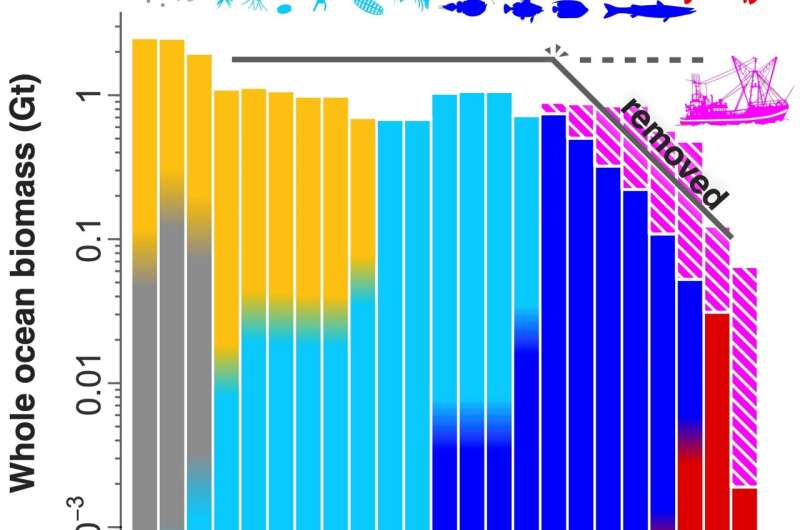MINING IS NOT SUSTAINABLE
Sask. company at forefront of sustainable lithium mining with new tech

Zach Maurer, the president and CEO of Prairie Lithium, holds a small jar of lithium and other jars of the chemicals used in the process of extracting lithium from oil well brine on Nov. 9, 2021. (Lisa Schick/980 CJME)
The demand for lithium has jumped substantially in the last few years and is poised to keep doing so as electric vehicles continue storming the vehicle market.
The hitch is that mining the lithium itself isn’t very green, but a Saskatchewan company believes it has figured out a solution.
Prairie Lithium’s pilot processing facility is in a small, unassuming building in Emerald Park 10 minutes east of Regina — but if its work pans out, it could have large potential for Saskatchewan.
“If the goal is to de-carbonize transport through electrification, everybody has to be very cognizant of the materials going into those vehicles and how those materials were mined in the world,” said Zach Maurer, president and CEO of Prairie Lithium.
Maurer explained that sustainability is what the company had in mind when developing the new process to extract lithium from subsurface brine water in the oilfields.
Other ways of lithium mining and in other parts of the world are criticized for using a lot of land and huge amounts of water, and have been linked to contamination and animal deaths.
However, in creating its process, Maurer said Prairie Lithium really focused on reducing land use, and the volume of freshwater used, waste generated and CO2 produced.
“In terms of sustainability, it’s obviously at the forefront of the transition to electric vehicles,” said Maurer.
In simplified terms, to get the lithium, the company drills into the brine underground and gets the fluid to the surface using brackish water that has been converted to reverse osmosis water. The company uses an ion exchange material to get the lithium out and then put the brine back underground.
Maurer said the company started work on the technology in test tubes and beakers in January 2020.
“From there we really focused on scaling up the chemistry and the process for total proof of concept,” explained Maurer.
This fall, the company finished drilling its first dedicated lithium brine well in the southeast part of the province, which was also a first for Saskatchewan. The company’s processing facility has managed to extract 99.7 per cent of lithium from brine “in a matter of minutes,” according to a news release.
“Now we’re actively working to interpret that data, quantify the resource and then put the best resource development plan in place so that when we do expand, it’s methodical and ready to go,” said Maurer.
It could take between two and four years to scale all the way up, according to Maurer.
The company used the Saskatchewan Advantage Innovation Fund and Saskatchewan Petroleum Innovation Incentive to help fund the work — help Maurer said was incredibly important.
“We didn’t have a lot of cash flowing into the business, if any. So to receive those grants in 2020 when COVID hit really, ultimately put the project onto the trajectory it is. It allowed us to work through what happened with the global pandemic so that we can continue to build this project here in the province,” said Maurer.
The well drilled this fall created more than 100 temporary jobs, but Maurer couldn’t say how many jobs — permanent or temporary — could be created once the company is scaled up.
Maurer said the company is still in the process of figuring out how big its operations could scale to, so he wasn’t willing to say how much lithium could be produced, but did say the potential is large for Saskatchewan.
Global demand for lithium is expected to increase five times its current rate by 2030, and a recent price for lithium hydroxide hit $29,000 USD per ton, according to Maurer.
Energy and Natural Resources Minister Bronwyn Eyre agreed there is potential in lithium.
“There’s enormous potential in terms of signals that we’re getting from the sector around subsurface disposition interest (and) exploration,” said Eyre.
She said the innovations in lithium mining are building on strengths the province already has.
“We have an opportunity to put ourselves in the forefront here in that global conversation … If we can position Saskatchewan for the future and for growing demand in these growing areas, of course, we’re all in,” said Eyre.
According to the provincial government, so far this year sub-surface mineral public offerings — which target minerals including but not limited to lithium — have raised more than $4.2 million in revenue for the province
